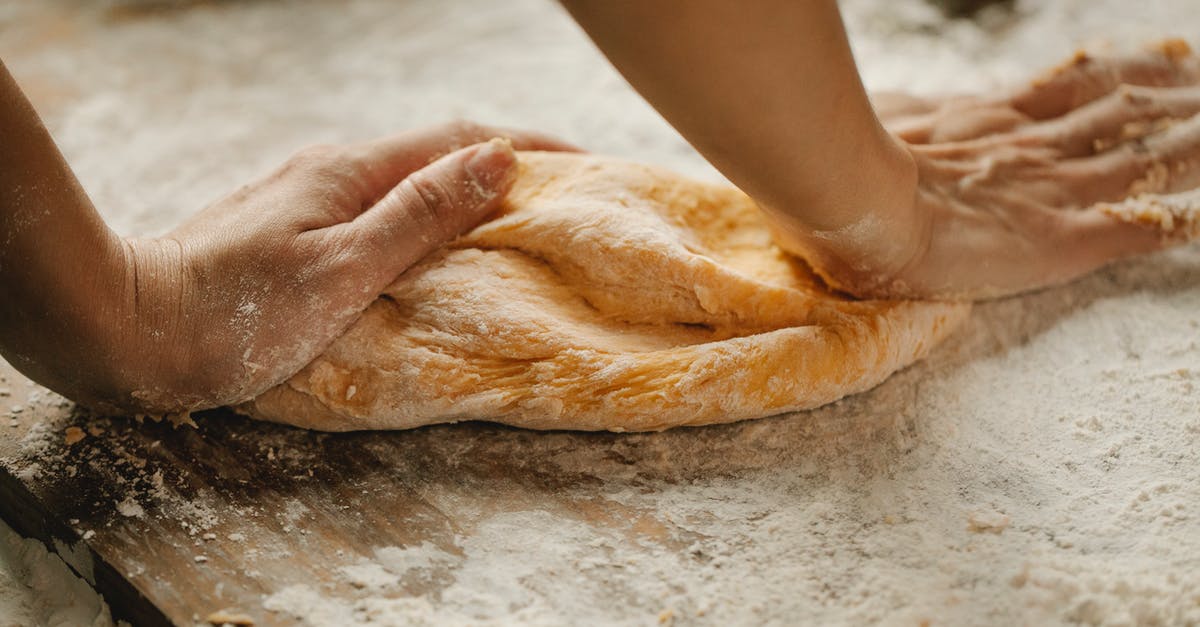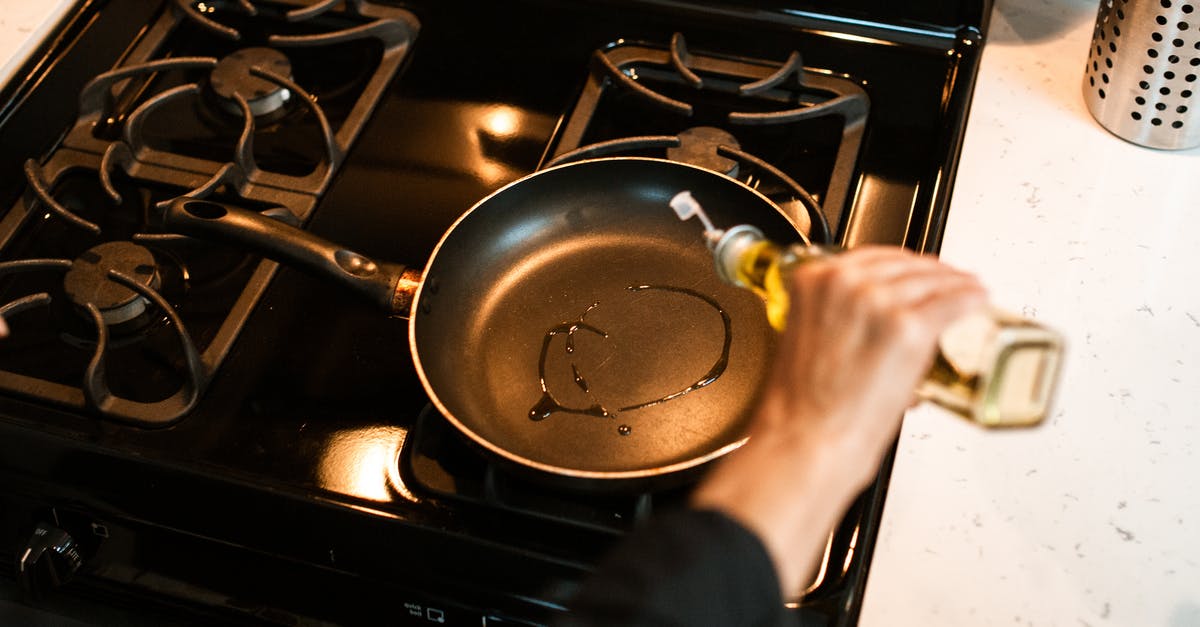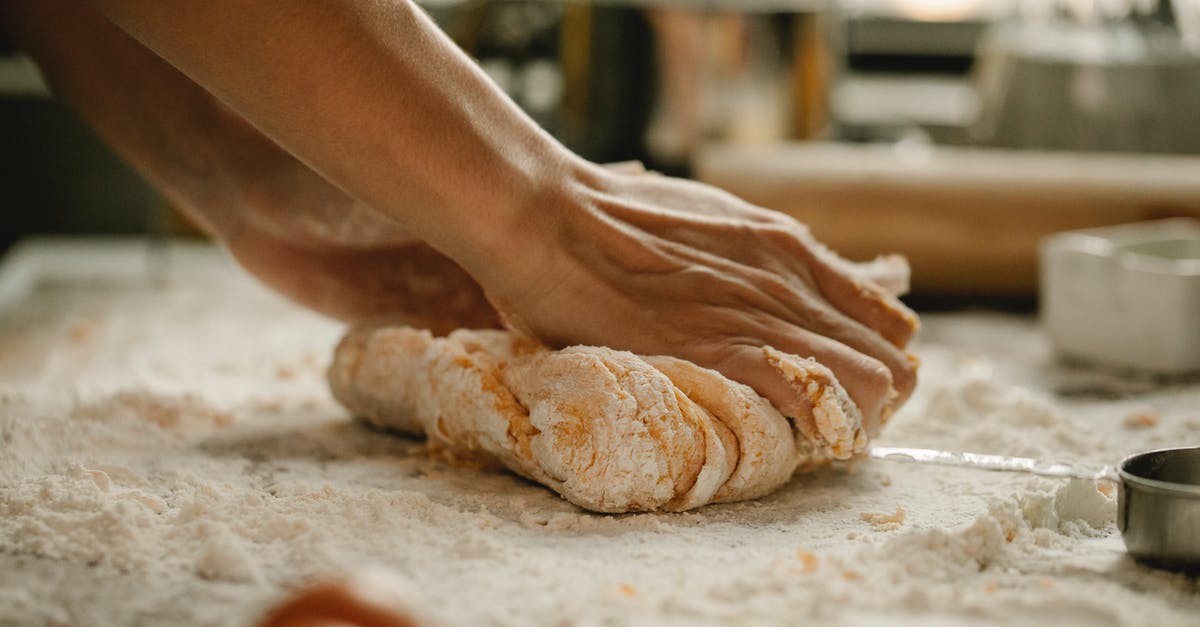How to classify the parts of a recipe ingredient?

I'm build a recipe app/website, and I'm interested in how to properly classify the sections of an ingredient (as you would find in a cookbook or on a website) with regards to the terminology. Let me give an example of what I mean. Let's say an ingredient reads:
3 cups Ore-Ida southern-style hash browns
My best guess at terminology for the parts of this sentence fragment would be:
- 3 = quantity
- cups = unit
- Ore-Ida = brand
- southern-style = variation
- hash browns = ingredient
I'm not sure if this is correct, or if there's a more precise descriptive term usage for this. I'm interested in learning the proper terminology if this is not considered to be correct.
One more thing worth noting is that in 99% of cases, there probably won't be a brand at all, or if there is, it's not of significance. In addition, if an ingredient doesn't include a unit, I'm making an assumption that the unit is "count", (e.g.: "3 eggs" would mean quantity "3", unit "count", ingredient "eggs").
Best Answer
This is an exercise in data modeling, more so than cooking.
What you are describing is the design of your database.
You are on the right track.
You will want to consider how many of each of the fields you need to have. For example:
- Quantity - Unique [there will be exactly one of these]
- Quantity unit - Unique [exactly one]
- Brand - Unique [optional] (either one or none)
- Variation (or style, or preparation-note) - Non-unique [optional] (0, 1, or many)
- Ingredient - Unique
- Initial cooking temperature - Unique
- I.c.t. Units - Unique
- Preparation Instructions - (you have a decision whether to make one block text, or a series of fields which may or may not be used)
- Cooking Instructions - (same as Prep. Instruction)
- Cooling Instrutions... et cetera
ADDITIONAL:
To your question about when multiple modifiers might be used with an ingredient: You might have an ingredient which is expected to be prepared at the time of cooking. So: "minced onions, blanched". It would seem that order might be important to you here, as well. As you see here, there are two styles (I just realized 'modifier' might be a more all-encompassing field-name).
So you might typically see the descriptive nature of the ingredient listed like this (although maybe not the exact verbiage - I'm not sure if this exact ingredient has ever been listed). So you would have to make a decision as to whether you could have 0+ modifiers listed before the ingredient, format with a comma, then have 0+ commas after the ingredient.
Naturally the comma would only appear if there were >=1 modifiers listed after the ingredient.
Since I have thought about how infrequent you might see minced onions, blanched...you might instead see shredded red potatoes, salted and peppered. There are many considerations with respect to how modifiers could used, to be sure.
One more word - in database design, you'll want to take as much time as you can to develop pre-authoring/programming. Any minor change to the database schema could cause you to have to start all over again. :)
Pictures about "How to classify the parts of a recipe ingredient?"



What is parts of a recipe?
(2) There are three components to a recipe. The first is the List of Ingredients, and the second is the Amount of the Ingredients. (3) The third is the Preparation Instructions. A well-written recipe will list all ingredients in the order they will be added in the Preparation Instructions.How are ingredients presented in a recipe?
The Ingredient ListWhat 6 parts are included in most recipes?
List the parts of a well-written standardized recipe....Standardized Recipes- Mise en place \u2013 a list of small equipment and individual ingredient preparation.
- Service instructions, including hot/cold storage.
- Plating/garnishing.
What are the 5 things a recipe will tell you?
Remember recipe parts & resources.- Yield. The yield tells the number and size of servings the recipe will make.
- List of Ingredients & Amounts.
- Step By Step Directions for Mixing & Handling. The recipe should have directions for how to prepare it. ...
- Equipment (Container Size & Type) ...
- Temperature & Time.
Parts of a Recipe
More answers regarding how to classify the parts of a recipe ingredient?
Answer 2
Okay, to make this easier to digest, I'm going to do this is a whole w/ sub parts. Square brackets donote optional parts
Basic recipe:
- <quantity> <ingredient>[, <preparation>][, "divided"]
Quantity:
- ( <number> [<qualifier>] [<units>] )+
Ingredients:
- [<brand-name>] [<preparation>] <item>
... now, you might notice that 'preparation' shows up twice. That's because sometimes the preparation comes before the measurement, and sometimes after:
- 2 onions, diced
- 1 cup diced onions
- 10 cups spinich, sautéd
- 1 cup cooked spinich
... I didn't go into details on 'preparation', as it's quite complex. (could be multiple steps, 'peeled and diced', or it could be qualified 'finely diced', '5mm slices')
Quantity may show up more than once (1 cup + 1TB).
"divided" is a note that the ingredient will be used in two different steps of preparation. Sometimes it'll be specified in the ingredient line ("2 TB + 1TB"), but not always.
update : bah, the update isn't quite the same as the comment ... because when you're dealing with what to call things, there are often multiple acceptable terms. For instance, 'quantity' could also be 'measurement'.
Sources: Stack Exchange - This article follows the attribution requirements of Stack Exchange and is licensed under CC BY-SA 3.0.
Images: Klaus Nielsen, Klaus Nielsen, RODNAE Productions, Klaus Nielsen
